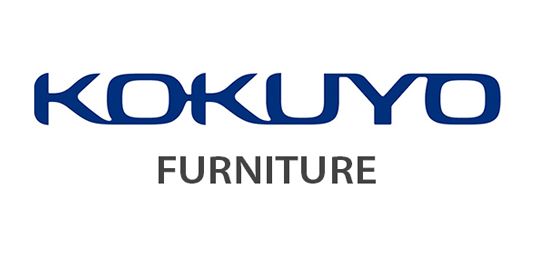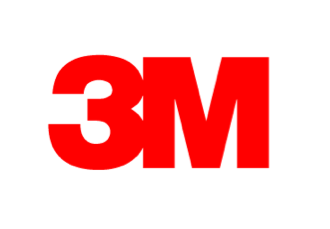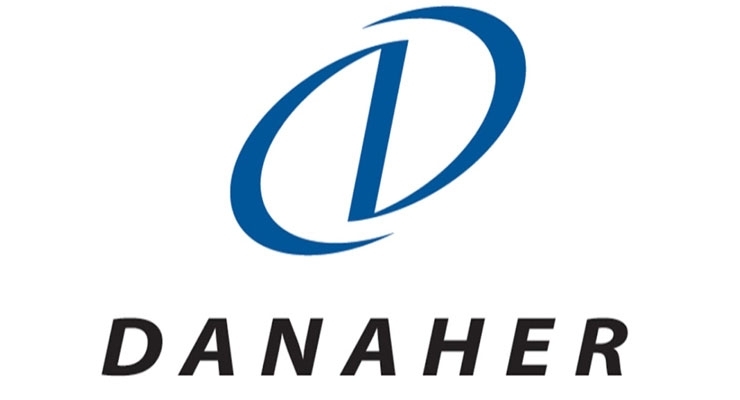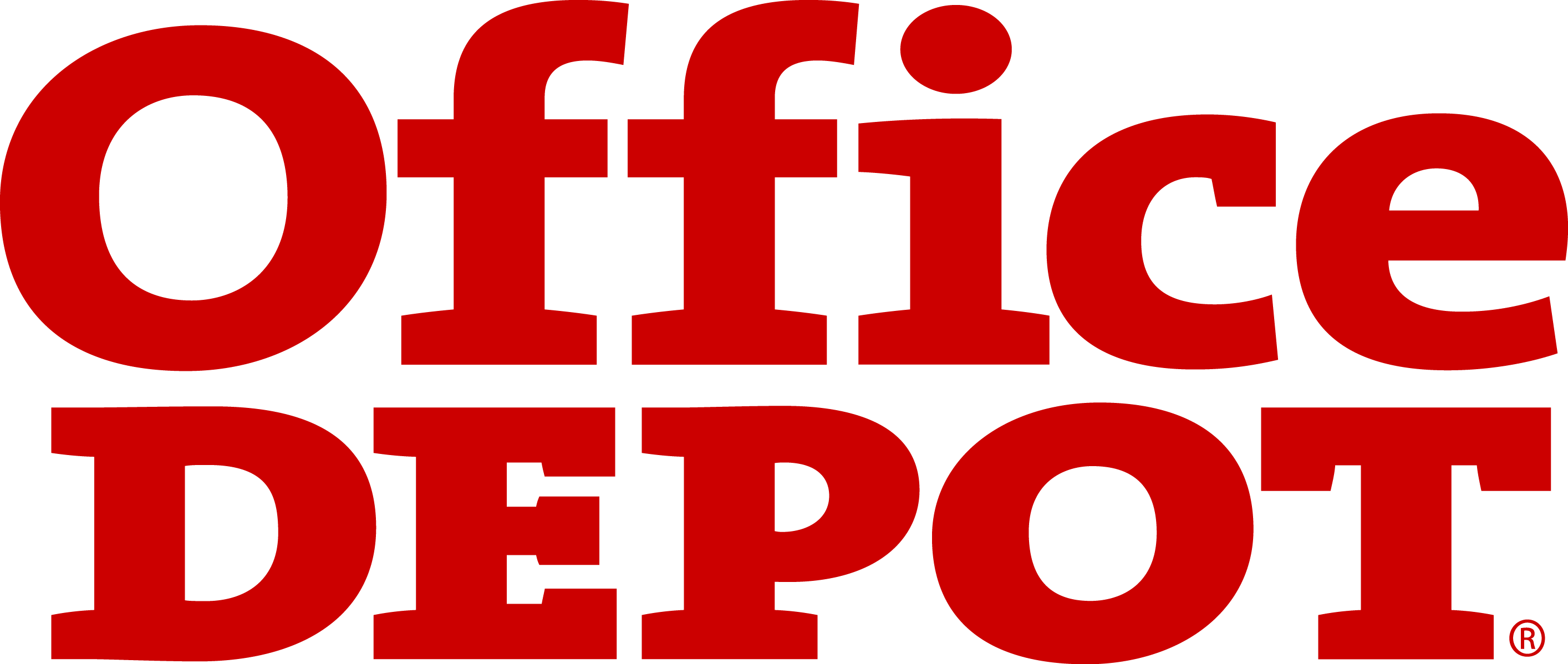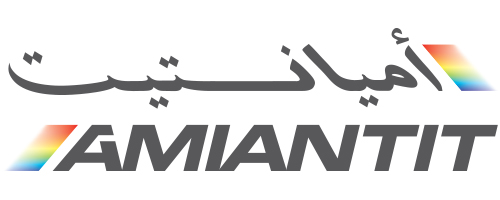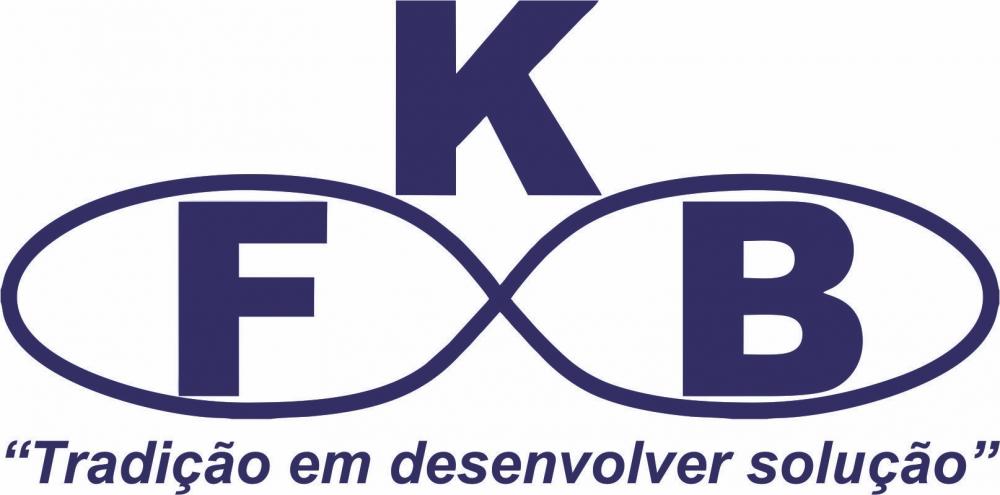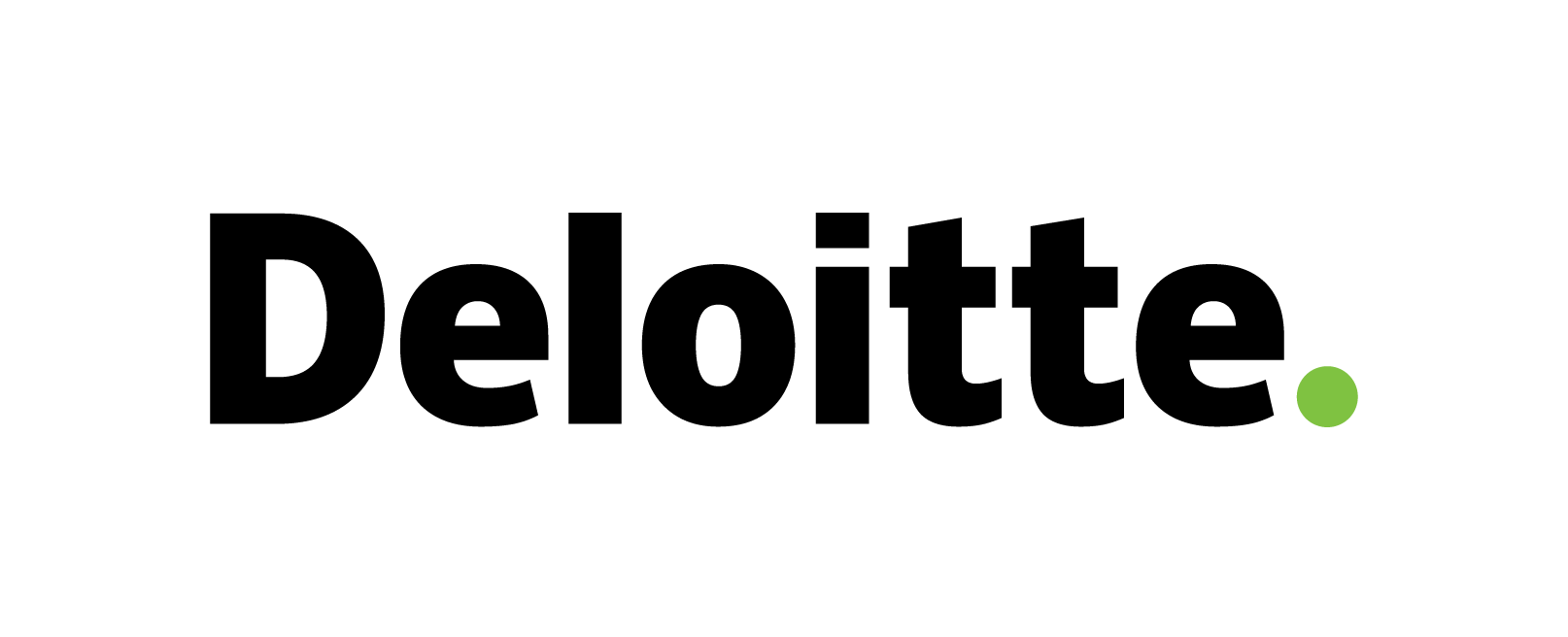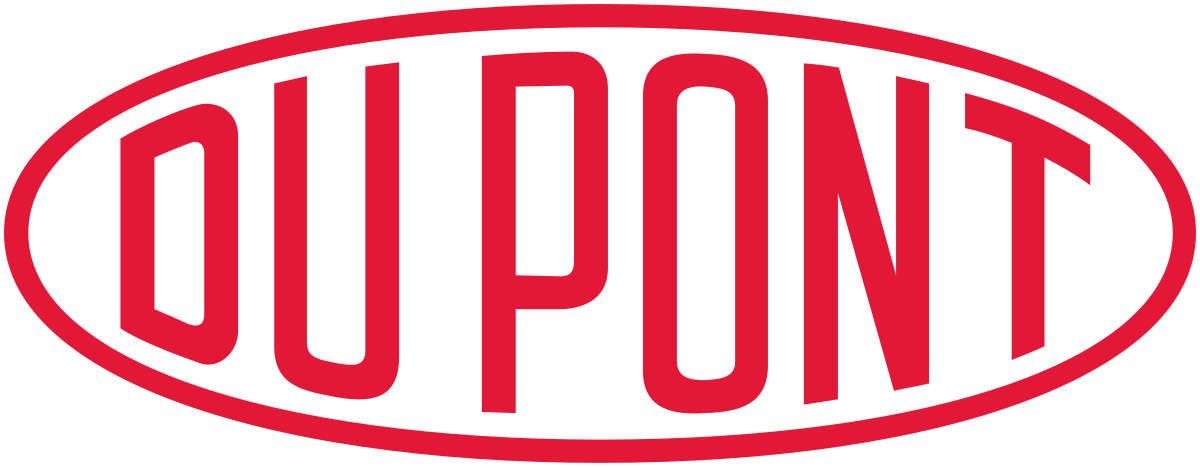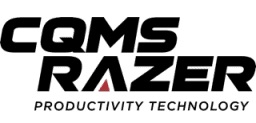Refuse-derived Fuel Market By Product Type (Low Grade: <10 MJ/Kg, High Grade: >10 MJ/Kg); By Application (Cement Plants, Lime Plants, Coal Fired Power Plants, Combined Heat and Power (CHP), Others); By Region (North America, Europe, Asia Pacific, Latin America, Middle East & Africa) - Global Market Analysis, Trends, Opportunity and Forecast, 2023-2032
Refuse-derived Fuel Market Overview
The global refuse-derived fuel market size was valued at around USD 5.2 billion in 2022 and is projected to grow at a compound annual rate of growth (CAGR) of around 6.3% from 2023 to 2032.The market size is projected to succeed in USD 9.3 billion by 2032.
The future shift in worldwide trend is clear – chemicals from waste or waste to molecule. One highly effective system to give effect to this that emerged and which has been on the rise since the inception of the idea is the (Refuse-Derived Fuel) RDF system.
There is no universal exact classification or specification which is used Refuse-Derived Fuels. Even legislative authorities have not yet established any exact guidelines on the type and composition of alternative fuels.
However, in general, Refuse-derived fuel (RDF) are secondary fuels that are attained from various types of waste such as municipal, industrial, commercial waste during the sorting of wastes. Though, the concept is defined not by the type of waste, but instead above all, by the fact that categorization and an assessment of the calorific value is made possible by the prior sorting and treatment of the constituents, RDF consists largely of combustible components of such waste, as non-recyclable plastics (not including PVC), paper cardboard, labels, and other corrugated materials. Whether a product in waste sorting will be recovered materially or thermally depends, among other things, on the quality, severability and degree of contamination.
Substitute fuels are categorized in special grades using the parameters calorific value, residue on ignition, chlorine content and ash content. The higher the calorific value and the lower the ash content, the more coveted and more expensive is the substitute fuel. RDF can be also further specified into e.g. tyre derived fuels (TDF) from used tyres, or solid recovered fuels (SRF).
As well as being used for co-combustion in waste-to-energy plants, refuse derived fuels are also used in other thermal recovery plants such as cogeneration and cement plants. Some power plants are powered solely by substitute fuels. For the latter, refuse derived fuels with an average calorific value of 12 - 14 MJ/kg is most suitable. In contrast, highly calorific substitute fuels tend to be used for co-combustion in waste incineration plants or cogeneration plants. Refuse derived fuels replace fossil fuels, therefore the market values follow the fluctuations of the market prices for fossil fuels
This market is anticipated to climb at a healthy CAGR of around 3-5% by the end of this decade.
Refuse-derived Fuel Market Drivers
The growth of this market is attributed towards major relying factors including adoption of effective alternatives to overcome the dependency on crude oil, rise in advanced technologies for production of refuse-derived fuel, increasing sales of refuse-derived fuel for use in co-combustion process, increasing emphasis on new waste management solutions etc.
Moreover, RDF can be used in a variety of ways to produce electricity. It can be used alongside traditional sources of fuel in coal power plants. RDF is capable of being combusted cleanly or in compliance with the Kyoto Protocol and can also provide a funding source where unused carbon credits are sold on the open market via a carbon exchange.
However, standards and regulations based on grade, restrictions and duties imposed on refused-derived fuel imports, financing and funding of the refuse-derived fuel projects, effective alternatives ensued from technological developments in the EFW industry, lack of awareness and facilities related to the production, growing pressure quality refuse-derived fuel are factors that are currently restraining the market from growing.
Refuse-derived Fuel Market Segmentation
By Product Type
- Low Grade: <10 MJ/Kg
- High Grade: >10 MJ/Kg
By Application
- Cement Plants
- Lime Plants
- Coal Fired Power Plants
- Combined Heat and Power (CHP)
- Others
By Region
- North America (U.S., and Canada)
- Europe (U.K., Germany, France, Italy, Spain, Russia, Rest of Europe)
- Asia-Pacific (Japan, China, India, Indonesia, Malaysia, Australia, Rest of Asia-Pacific)
- Latin America (Mexico, Argentina, Rest of Latin America)
- Middle East and Africa
Refuse-derived Fuel Market Regional Insight
Europe is currently dominating the market in the refuse-derived fuel landscape, followed by the Asia-Pacific region and others. The presence of extensive co-processing plants, complemented by internal trade of refuse-derived fuel attributes to the surge of market in Europe, whereas the EFW gradually becoming an important source of bio-energy scales up the industries in the Asia-Pacific region and is anticipated to continue outrageously during the decade.
Refuse-derived Fuel Market Key Players
- Jinjiang Environment
- ESTRE AMBIENTAL INC.
- Carey Group Plc.
- EcoUrja
- Countrystyle Recycling Limited
- TPI Polene Power
- DP CleanTech
- BEST
- PJT Technology
- Republic Cement and Building Materials
- Dai Dong Environment Solutions
- Renewi
- SUEZ Recycling and Recovery UK Ltd.
- Biffa
- Veolia
- FCC Austria Abfill Service AG
- Mion Ventoltermica Depurazioni
- Other Players
RECENT DEVELOPMENTS:
- In September 2020, The Emirates Refuse-Derived Fuel (RDF), a joint venture of BESIX, Finland’s Griffin Refineries, and Ajman-based Tech Group Eco, announced to begin production on the plant in October 2020. Termed as the region’s first refuse-derived fuel plant, the facility will be able to receive over 1,000 tonnes of waste.
- In September 2020, Geminor, the resource management company has begun transporting the 15-year-old waste, which will be burned to generate energy. Geminor has exported 3,000 tonnes of Refuse-Derived Fuel (RDF) to the Netherlands from Italy as part of a 30,000-tonne waste management contract.
- In October 2020, The Scottish energy utility SSE plc is withdrawing from the waste incineration sector. The company will sell its 50 per cent stakes in both Ferrybridge multifuel power plants as well as its half of the planned Skelton Grange multifuel plant to an infrastructure fund managed by First Sentier Investors. According to its own account, SSE is to receive a total cash consideration of £995m for the energy from waste assets, all of which are located in Yorkshire. At current exchange rates, that puts the value of the transaction at approximately €1.09bn. The utility expects the sale, which is still subject to approval by the EU competition directorate, to close in "late 2020".
Timeline Considered for Analysis:
- 2022: Base Year
- 2023: Estimated Year
- 2023 to 2032: Forecast Period
Research Scope and Deliverables
Overview & Executive Summary
Market Drivers, Trends, Challenges and Opportunities
Market Size and Forecast Projections
Macroeconomic Indicators of Various Countries Impacting the Growth of the Market
Extensive Coverage of Industry Players including Recent Product Launches and Market Activities
Porter’s Five Force Analysis
Market Segmentation Analysis:
Industry report analyses the global refuse-derived fuel market by the following segments:
- Product Type
- Application
Customization: We also offer customization’s in the industry report as per the company’s specific needs.
Key Questions Answered in the Global Refuse-Derived Fuel Industry Report
- What is the overall market size in 2022? What will be the market growth during the forecast period i.e. 2023-2032?
- Which region would have high demand for product in the upcoming years?
- What are the factors driving the growth of the market?
- Which sub-market will make the most significant contribution to the market?
- What are the market opportunities for existing and entry-level players?
- What are various long-term and short-term strategies adopted by the market players?

Need Customized Report for Your Business ?
Utilize the Power of Customized Research Aligned with Your Business Goals
Request for Customized Report- Quick Contact -
- ISO Certified Logo -




